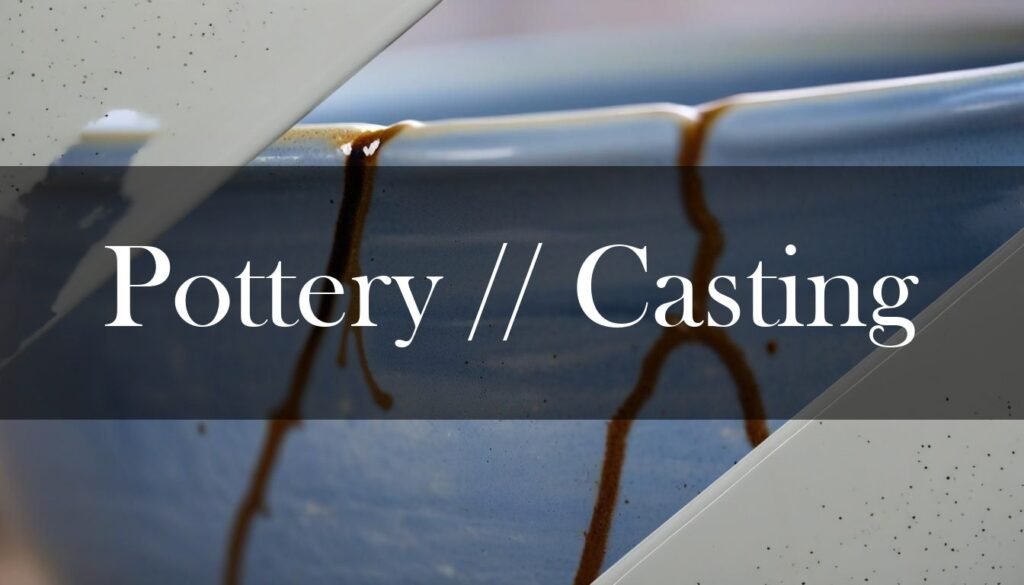Slip casting is a fascinating ceramic technique that lets you bring incredibly detailed and uniform pottery to life, especially when you’re working with complex shapes that would be a real challenge on the wheel or with hand-building. Think delicate porcelain figurines, perfectly matching tableware, or even specialized sanitary ware – slip casting makes it all possible. Dating back to the 18th century, this method has become a staple in both mass production and artisan studios, allowing for efficient replication of designs. Unlocking Pottery’s Potential: A Guide to Slip Casting delves further into this topic.
The heart of slip casting lies in the “slip” itself – a liquid clay mixture carefully formulated with clay, water, and often deflocculants. These deflocculants are secret ingredients that reduce the slip’s viscosity without adding extra water, ensuring it flows smoothly and coats the mold evenly. Then comes the mold, traditionally made of porous plaster, which plays a crucial role by absorbing water from the slip. You pour the slip into the mold, and as the plaster soaks up the water, a layer of clay forms against the mold’s inner walls. The longer it sits, the thicker the clay layer becomes. Once you’ve reached the desired thickness, you pour out the excess slip, leaving behind a hollow clay form that perfectly mirrors the mold’s shape. After a bit of drying time, the cast piece is removed, ready for trimming, smoothing, and eventually, the transformative fire of the kiln.
Choosing the right mold material is also a key part of the process. While plaster is the go-to for its absorbency and ability to capture fine details, you’ll also find silicone and urethane molds used, especially when dealing with complex designs. These materials offer flexibility and durability, though they may require slightly different techniques since they don’t absorb water like plaster. And when it comes to the slip itself, recipes vary, but a typical mix includes clays, feldspar, silica, and those all-important deflocculants. The goal is to achieve a creamy, smooth consistency – think of heavy cream – with a specific gravity between 1.75 and 1.80 g/cm³, ensuring the right balance of solids and water. Clay Types: Earthenware, Stoneware, and Porcelain offers helpful information on clay selection.
Of course, like any pottery technique, slip casting comes with its own set of challenges. You might encounter mold leaks, rough casting surfaces, or issues with the cast piece releasing from the mold. But don’t worry, each of these problems has a solution, from carefully aligning mold parts to adjusting the slip’s deflocculation. With a little practice and troubleshooting, you’ll be well on your way to creating stunning, intricate ceramic pieces through the magic of slip casting!





